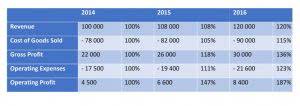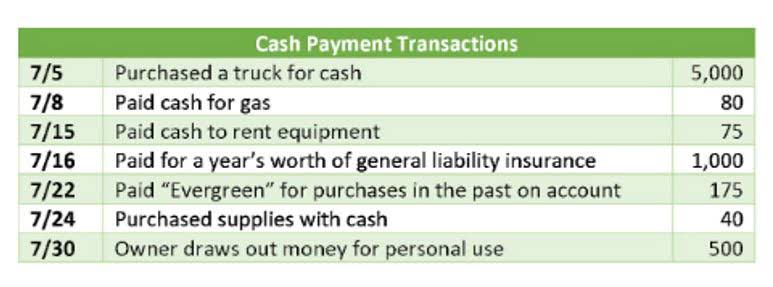Do Dividends Go on the Balance Sheet?

These are the most common types of dividends and are paid out by transferring a cash amount to the shareholders. These dividends are usually paid on a quarterly basis, although some companies may opt for a monthly, semiannual, or one-time lump-sum payment. Some may choose to hang onto the funds and reinvest them in the company, particularly if the company is less established or focused on expanding. It’s also common for companies to suspend dividends if they’re dividends account type experiencing some sort of financial trouble like a dip in revenue or an expensive lawsuit. The money used to pay dividends comes directly from the income of a company.
- Today, we will demystify the numerous options in investment accounts, offering an introductory guide tailored to empower individuals looking to optimize their dividend investment approach.
- A dividend is when a company periodically gives its shareholders a payment in cash, additional shares of stock, or property.
- Property Dividends – dividends paid out as shares of a subsidiary firm or actual assets such as real estate, inventory, or anything tangible.
- They are somewhat similar to the sole proprietor’s Drawing account and Capital account which are part of owner’s equity.
- The examples presented should demonstrate that there are many bargains out there if we seek them.
- In accounting, dividends often refers to the cash dividends that a corporation pays to its stockholders (or shareholders).
Is there any other context you can provide?
A dividend is generally considered to be a cash payment issued to the holders of company stock. These payments are made to shareholders as a form of compensation for their investments made in a corporation. Dividends are authorized by the board of directors of the issuing entity, and are usually scheduled to be made on a recurring basis.
What is the approximate value of your cash savings and other investments?

For example, a company that pays a 2% cash dividend should experience a 2% decline in the price of its stock. Investors can view the total amount of dividends paid for the reporting period in the financing section of the statement of cash flows. The cash flow statement shows how much cash is entering or leaving a company. In the case of dividends paid, it would be listed as adjusting entries a use of cash for the period.

What is Qualified Business Income?

“Essentially each shareholder owns the same percentage of the company after receiving the stock dividend as they did before receiving the stock dividend,” says Johnson. Dividends are a way that companies compensate shareholders just for owning the stock, usually in the form of a cash payment. Many investors look to dividend-paying stocks to take advantage of the regular income the payments provide and the stock price appreciation in total returns. But in a broad sense, regular dividends are taxed like ordinary income if they’re reinvested. If an investor receives stock dividends, though, that’s typically not taxable until the investor sells the holdings later on.
- For instance, in the United States, qualified dividends are taxed at the capital gains tax rate, which is typically lower than the ordinary income tax rate.
- Mostly, companies pay dividends to their shareholders annually, after the end of each accounting period.
- At CNBC Select, our mission is to provide our readers with high-quality service journalism and comprehensive consumer advice so they can make informed decisions with their money.
- The rate of return on your original investment to acquire the underlying asset will rise with time as dividends rise over time.
- Companies pay out their dividends in different ways depending on their business model or board of directors’ decision.
- Accounting for dividends is necessary to maintain the company’s financial health and satisfy shareholders.
- All other dividends are considered nonqualified and are subject to standard income tax rates.
- Whether you issue dividends monthly or choose to only issue dividends following a strong fiscal period, you’ll need to record the transaction.
- Dividends are authorized by the board of directors of the issuing entity, and are usually scheduled to be made on a recurring basis.
Ask your investment advisor or financial planner what their current strategy is this week–you might be surprised by the response. For example, though the income you gain from dividends qualifies for a credit, your labor does not. The United States is alone in this sense among industrialized countries- it taxes the money you make overseas even if you already paid income tax https://www.bookstime.com/ there. The primary reason dividend stocks can keep giving returns during recessions is that consumers have a list of necessities they are willing to cut back on last. These include items like utilities, gas, groceries, and phone service, all sectors with excellent yields. Moreover, during economic contractions, these companies continue to pay high yields.

